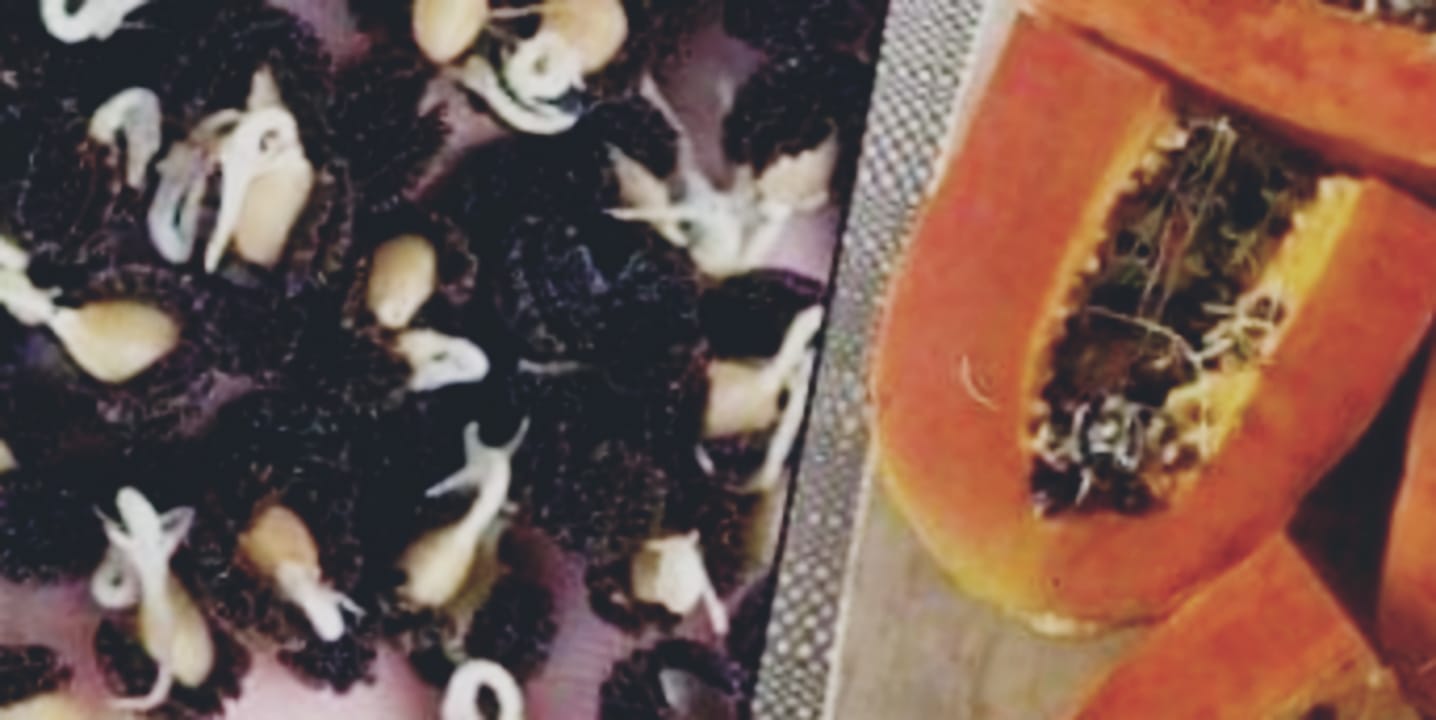. Selecting the Best Papaya Variety
Compact Varieties: Choose dwarf or compact papaya varieties like Dwarf Mountain Papaya or Solo Papaya. These varieties are well-suited for container gardening and produce fruit without excessive growth.
. Preparing the Soil
Soil Mix: Create a well-draining soil blend by combining garden soil, compost, and perlite or vermiculite. This mix ensures good moisture retention while preventing root rot.
. Choosing the Right Pot and Location
Pot Size: Opt for a pot with a capacity of at least 20 liters (5 gallons) to accommodate the papaya’s extensive root system.
Sunlight: Place the pot in a sunny area that receives at least 6 hours of direct sunlight daily to support optimal growth and fruit production.
. Planting Your Papaya
Seeds or Seedlings: Start with papaya seeds or a young seedling. If using seeds, germinate them in a smaller pot or tray before transferring them to the larger container.
Planting Procedure: Dig a hole in the pot, add compost to the hole, place the papaya in the pot, and fill in around it with the soil mix. Firm the soil gently around the base to stabilize the plant.
. Watering and Fertilization
Watering: Keep the soil consistently moist, especially during warmer periods, but avoid overwatering.
Fertilizing: Apply a balanced fertilizer every 4 to 6 weeks. Use a potassium-rich formula to enhance fruit production. Organic fertilizers like compost tea can also be beneficial.
. Managing Plant Size
Pruning: Regularly prune the papaya plant to control its height and shape, promoting the growth of fruit-bearing branches and managing its size within the pot.
. Protecting Against Pests
Pest Control: Potted papayas may face pest issues more than in-ground plants. Implement organic pest control methods such as neem oil or insecticidal soap, and monitor your plant regularly for any signs of infestation.
Enjoy.
